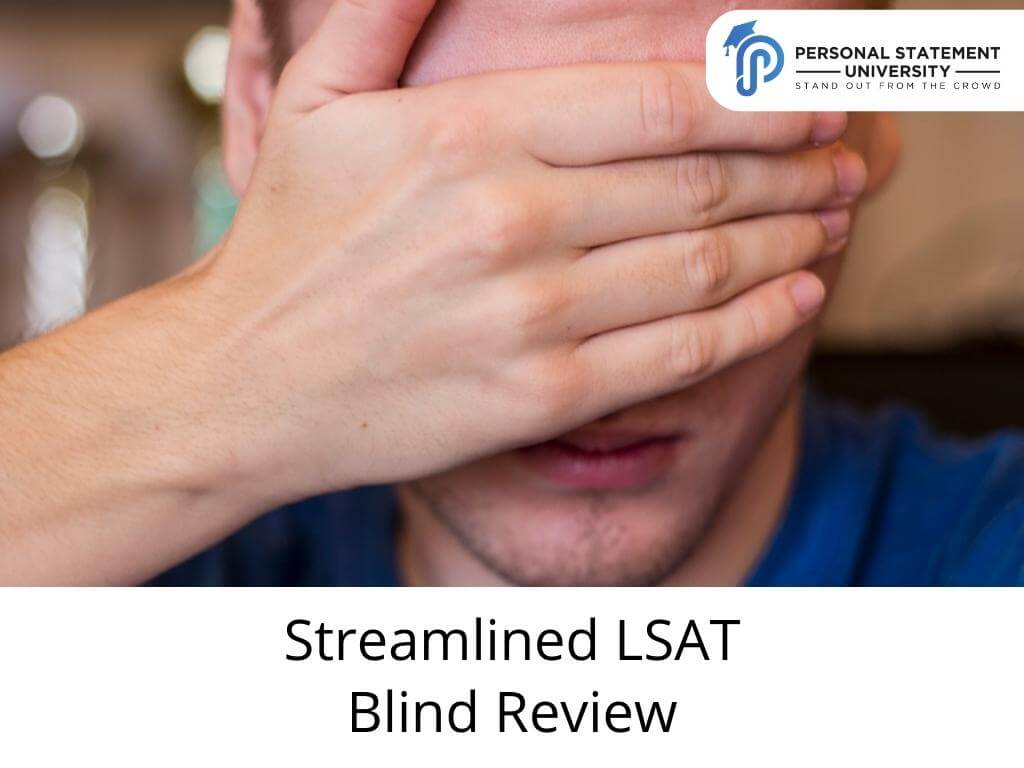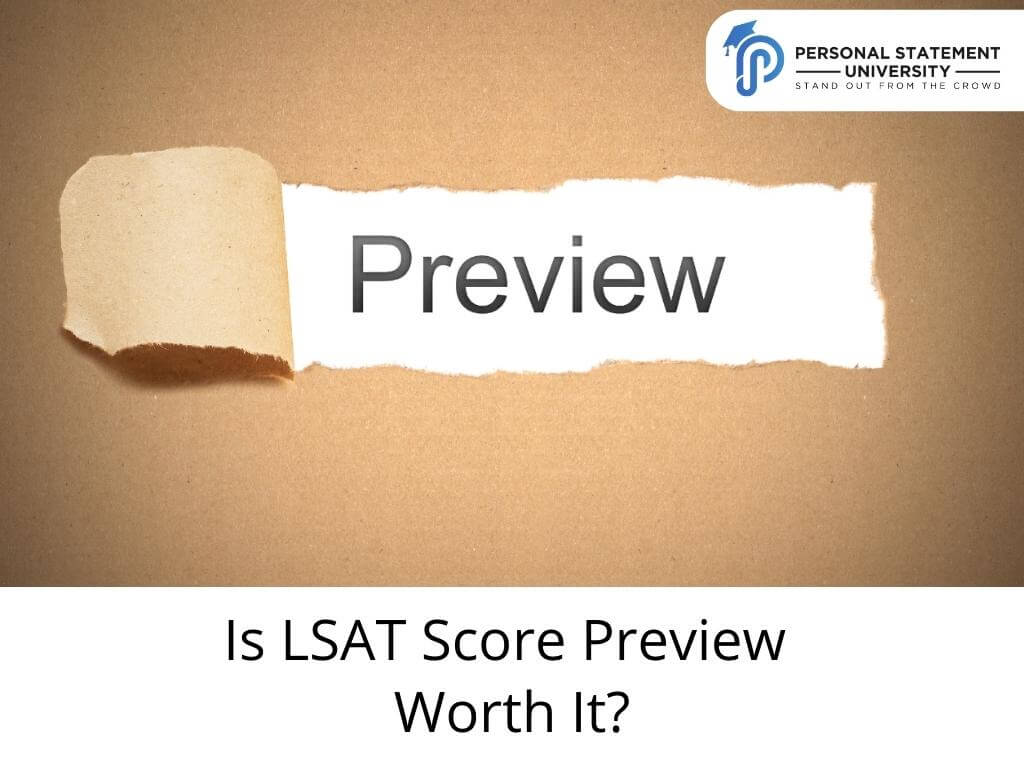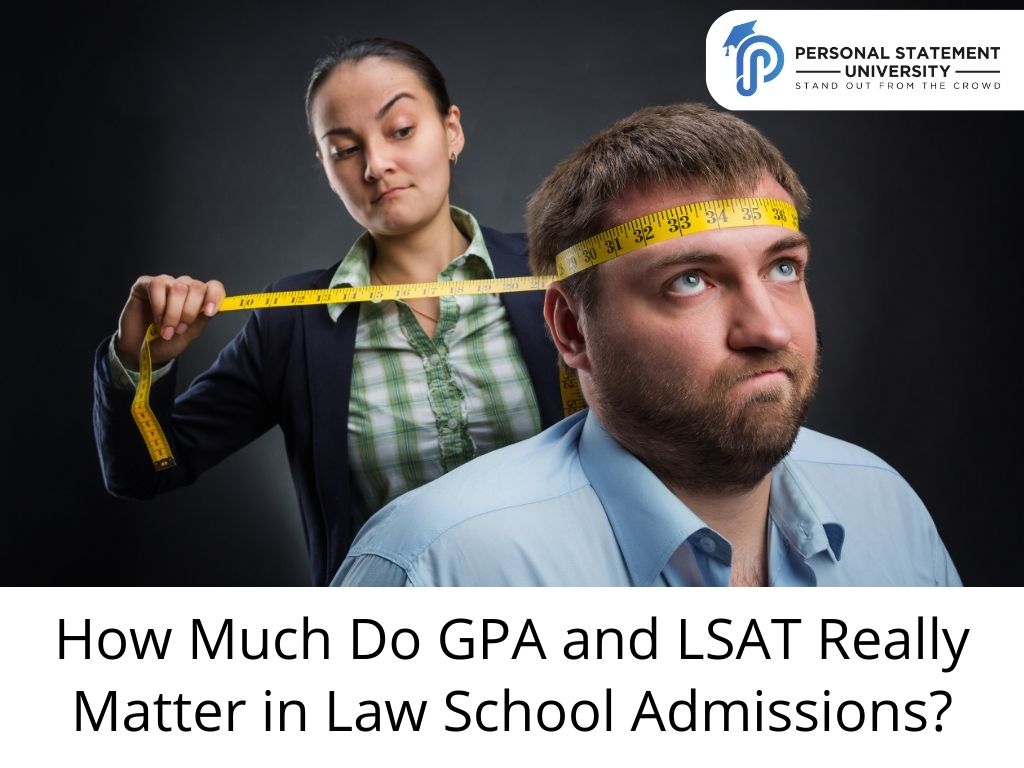Streamlined LSAT Blind Review
Still Confused?
Get in touch with us for
professional guidance.


So, you want to get better at the LSAT and still have time for things like hygiene and sleep, huh? Well, I can’t promise you eight hours of shuteye, but I can show you how to do one of the most effective methods of studying for the LSAT more quickly.
Traditional Blind Review
There’s some dispute as to who came up with this tactic and who coined the phrase “blind review”, but the idea behind the blind review is not new: do the same practice timed and untimed in order to identify weak spots that stem from time mismanagement rather than a failure to understand.
Here’s how traditional blind review works: (1) Take a full practice exam, timing yourself at the standard 35 minutes per section. Record your answers, but do not score your exam. (2) The next day, take the same exam without time pressure. In other words, if it takes an hour to finish a section, give it the full hour. (3) Score both exams, and review the questions, focusing especially on the questions that you missed under time pressure but got right the second time around.
There is some value to doing the full exam twice, seeing with a clearer eye the second time what you might have missed before. But if you don’t have the luxury of studying full-time for the LSAT, the time is not worth what you get out of it.
Streamlined Blind Review
The streamlined blind review requires you to do some, but not all, of the questions on the exam twice.
Here’s how it works: (1) Take a full exam at 35 minutes a section. Record your answers, but in addition, flag each question that you weren’t confident of your answer. This might be a few questions a section, depending upon where you are in your studies. (2) The next day and without timing yourself, redo ONLY the questions that you flagged the day before. (3) Score both exams.
Now, there are a number of possibilities, and each one says something specific about your performance and what you can do to do better:
- WRONG→RIGHT: If you got a question wrong the first time (under time pressure) but right the second time (unlimited time), it means that there was something about this question that required a little more time: Did you fail to diagram under time pressure? Read too quickly?
- WRONG→WRONG: If you got a question wrong both times out, it was a hard question, and you might actually want to skip/guess on test day with a question like this.
- RIGHT→WRONG: These are frustrating because you did it right the first time with the clock ticking, but then wrong the next time. Usually, this means that the question caused you to second-guess yourself when you shouldn’t have. What was your thought process the first time and what did you get caught up on the second time?
- UNFLAGGED WRONG: This is the wild card and is super important to Streamlined Blind Review. Even though you didn’t attempt these questions the second time around, they speak volumes. You were SURE that you got this one right, but you didn’t. That means the LSAT tripped you up. What happened? Did you choose a trap answer? Misread something in the stimulus or read too fast? That same trick will come back, and now you can be prepared.
Keep a Question Journal
This is time-consuming but indispensable if you want an elite score. A lot of learning about the LSAT happens when you put things in your own words. Some of the best LSAT prep services force their students to “translate” what they read on the LSAT into standard English, and that’s when you’re forced to really be particular about what you are reading and what it does or doesn’t say.
Keep a question journal for each of these questions, except the ones you got right both times (those you understood). In that journal, answer in your own words these three questions: (1) Why was my answer wrong? (2) Why was the right answer right? (3) How could I have anticipated the correct answer?

Let Personal Statement University Put You on the Path to the Law School of Your Dreams:
Application Consulting - Work with a 15-year veteran of law school admissions who's helped thousands of people get admitted.
Essay Editing - Whether it's a personal statement, diversity statement, addendum, or another essay, we'll make sure it's polished and targeted.
The World's Only Interactive Personal Statement Course - Learn everything you need to know to get admitted - and find the right schools for you - for just $99.



